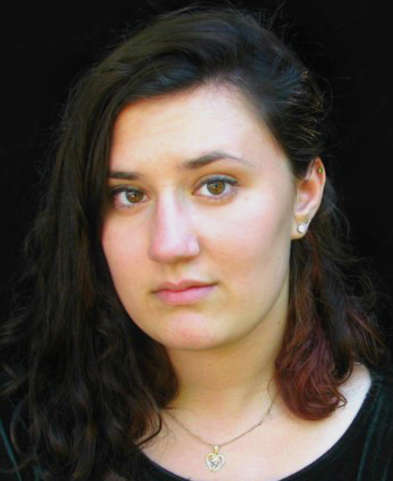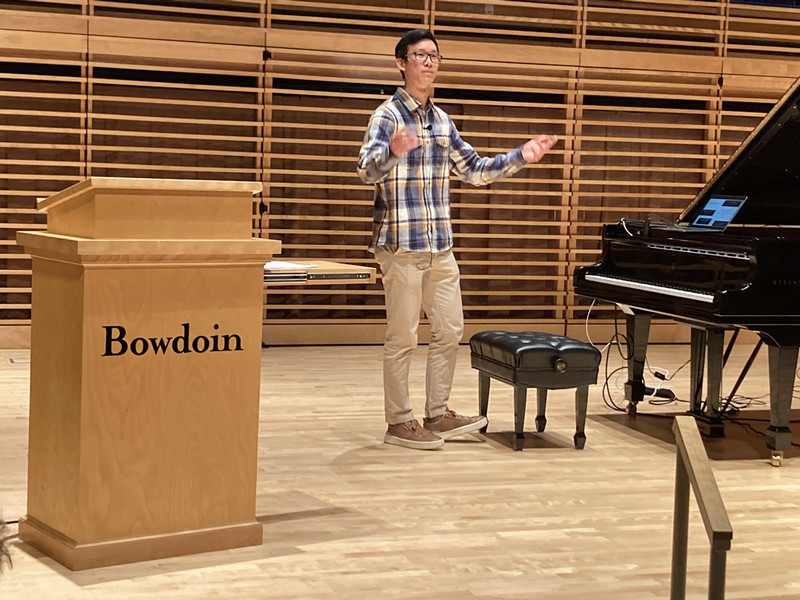Rosa Rossi-Goldthorpe ’19 Applies Mathematical Modeling to the Study of Bipolar Disorder
By Rebecca Goldfine
This summer, Rosa Rossi-Goldthorpe ’19 is applying mathematical and computational methods to the study of psychiatric disorders, a continuation of her senior-year honors project. In the fall, she will begin a neuroscience doctoral program at Yale, focusing on computational modeling.
Computational psychiatry, a subfield of computational neuroscience, is a relatively new field that takes advantage of both mathematical and computational methods to better understand and treat psychiatric disorders.
Rossi-Goldthorpe has a fellowship from Bowdoin—a Student Faculty NSF Research Grant Fellowship—to work on creating "dynamical systems models" to show possible ways neurons may fire in the brain. Her advisor is Mary Lou Zeeman, who is Bowdoin's R. Wells Johnson Professor of Mathematics.
"It has been a joy to work with Rosa and learn from her," Zeeman said. "The project is entirely of her own design. I’ve been especially impressed with the natural way she inhabits the interface between math, neuroscience and psychiatry, reading the literature in all three disciplines, and synthesizing it to come up with original modeling ideas that are elegant, creative, and grounded in science."
The recently graduated senior is one of more than 320 Bowdoin students who have fellowships this summer to pursue research or internships. While most of these fellows are rising sophomores, juniors, and seniors, a few graduated seniors each year receive grants to continue research.
Modeling the Activity of Neurons
"My project involves using mathematical modeling to help understand how lithium, a common mood-stabilizing drug, decreases mania in people with bipolar disorder," Rossi-Goldthorpe explained in an email. She hopes to turn her research into a published paper before starting graduate school.
"The biophysical mechanism by which lithium stabilizes mood is still unknown, and so my model explores a potential mechanism I pieced together that might explain this effect," she continued. "My model incorporates how repeated doses of model lithium affects the firing frequency of neurons."
Dynamical systems can mathematically show how systems change over time, and so are being explored as a way to study psychiatric diseases.
The ultimate goal of Rossi-Goldthorpe's research would be to determine the most accurate dose of lithium to help a patient's brain remain in a "neurotypical stable region, where a 'normal' amount of neurotransmitters are being released," she said. "This would correspond to a certain level of mood stability, which is the goal of treating someone with bipolar disorder."
She began to conceive of her research in the fall of her junior year during an independent study with Zeeman. "I was originally working on modeling in ecological systems, but I've always had an interest in the brain and in particular psychiatric disorders," she added.
In the last two years, she has appreciated the freedom she's had at Bowdoin to pursue a subject on her own and craft a unique research project in a burgeoning area of research. "The opportunity to independently conceive of my own research project has been incredibly valuable, particularly in this new field," she said. "In addition, I never took any neuroscience courses at Bowdoin, so this research helped me realize that I want to study computational neuroscience in graduate school."



